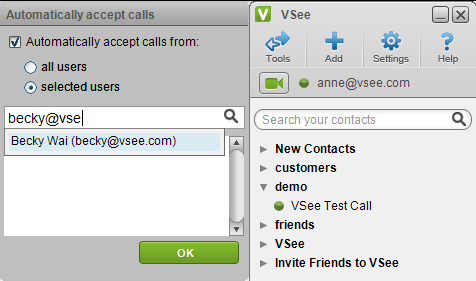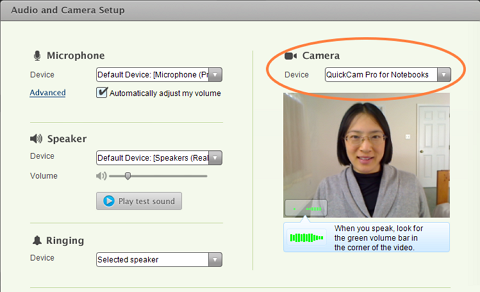
Being on the front lines of Ebola containment is a frightening job. Protective measures include setting up check-in stations outside of the hospital, wearing heavy duty face shields and decontamination suits, duct-taping layers of gloves to sleeves, and using telemedicine technology. In fact, Nebraska Medical in the lonely Midwest has taken Ebola treatment and prevention to a new level with its use of HD video telemedicine and hands free medical technology. Using technology like digital stethoscopes, X-rays with wireless transfer, and real-time video allows it to keep Ebola treatment safe yet personal. It has successfully saved all two of its Ebola patients and has made Nebraska Medical a CDC model of care for fighting Ebola. It was also recently awarded a 10M telehealth grant by CMS.
VSee Lets You Do Telemedicine On the Cheap
However, you don’t need a 10M telehealth grant to set up a telemedicine isolation unit like Nebraska Medical – which uses Vidyo, a very expensive and complex system. VSee simple, secure telehealth lets you set up interactive HD video telemedicine for your isolation unit in just about 2 hours. Unlike Vidyo and similar systems. VSee’s peer-to-peer platform does not require any complicated server setup or maintenance. Furthermore, VSee’s simple design allows you to easily integrate telemedicine devices without any additional equipment or complicated configurations. VSee even allows you to send up to 4 device images simultaneously so you can see both the patient’s face and the device images without toggling or doing special video mixing.
To start using telemedicine in your isolation unit, all you need is a few pieces of easily obtainable equipment:
- a Dell all-in-one PC or a medical grade Onyx all-in-one ($1K – 5K)
- a VSee customized PTZ HD camera ($2.5K)
- telemedicine devices (e.g. digital stethoscope) ($1K -5K)
- VSee software ($299/mon/isolation station)
Setting Up Ebola Telemedicine in Less Than 3 Hours
To set up your system, download VSee to your computers. For the isolation unit PC, configure VSee to auto answer mode: Go to the VSee address book, click Settings–>Preferences–>Automatically accept calls. VSee allows you to add only selected VSee accounts to auto accept calls to ensure security.

To set up your PTZ HD camera: Go to the VSee address book, click Settings–>Audio and Camera Setup. Select your PTZ camera from the camera pull down menu.

And if you’re not ready to “do-it-yourself”, VSee offers a pre-configured isolation unit to get you started. Please contact sales@vsee.com and join Dr. Gavin MacGregor-Skinner and other VSee users in fighting Ebola with telemedicine today.
photo courtesy: CDC Global via Flickr



